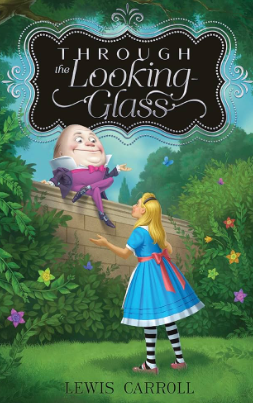Exploring the whimsical world of “Through the Looking Glass: The Sequel to Alice’s Adventures in Wonderland” invites readers to dive deeper into the imaginative landscapes crafted by Lewis Carroll. This sequel expands upon the themes of curiosity, identity, and the nature of reality, making it a compelling read for both children and adults alike. Understanding its characters and motifs not only enriches one’s appreciation of the narrative but also offers insights into Carroll’s unique perspective on life and logic.
Characters and Their Symbolism
The characters in “Through the Looking Glass” play pivotal roles that go beyond mere entertainment; they symbolize various aspects of human behavior and societal norms. Alice, the protagonist, embodies the perpetual quest for understanding and growth. Other characters, such as the Red Queen and the White Queen, showcase contrasting approaches to power and control, illustrating the complexities of authority. Each encounter Alice faces serves as a mirror reflecting the absurdities and inconsistencies of the adult world, inviting readers to question their own experiences.
Thematic Elements of Time and Change
Time and change are central themes in “Through the Looking Glass,” woven intricately into the fabric of the story. The notion of time is depicted as fluid, with characters often reversing past actions or evolving unpredictably. This concept prompts readers to consider the relative nature of time in their own lives and how perceptions of change affect personal growth. Carroll uses this thematic exploration to challenge conventional narratives, encouraging a deeper examination of how we understand progress and the passage of time.
The Influence of Chess on the Narrative Structure
The narrative structure of “Through the Looking Glass” is uniquely crafted around the game of chess, which serves as both a metaphor and a framework for Alice’s adventures. The journey from pawn to queen mirrors the evolution of personal identity and empowerment. Each chapter corresponds to the moves within a chess match, adding a strategic layer to the tale that enriches the reading experience. This clever device not only engages readers but also prompts them to think critically about strategy, choice, and the overarching quest to define one’s place in the world.
In exploring “Through the Looking Glass,” readers are invited into a realm where imagination reigns and reality is as malleable as the characters it holds. The journey through this fantastical world continues to captivate audiences, inspiring a sense of wonder and curiosity. Take a moment to delve into this literary classic and discover how its themes resonate in your own life.
